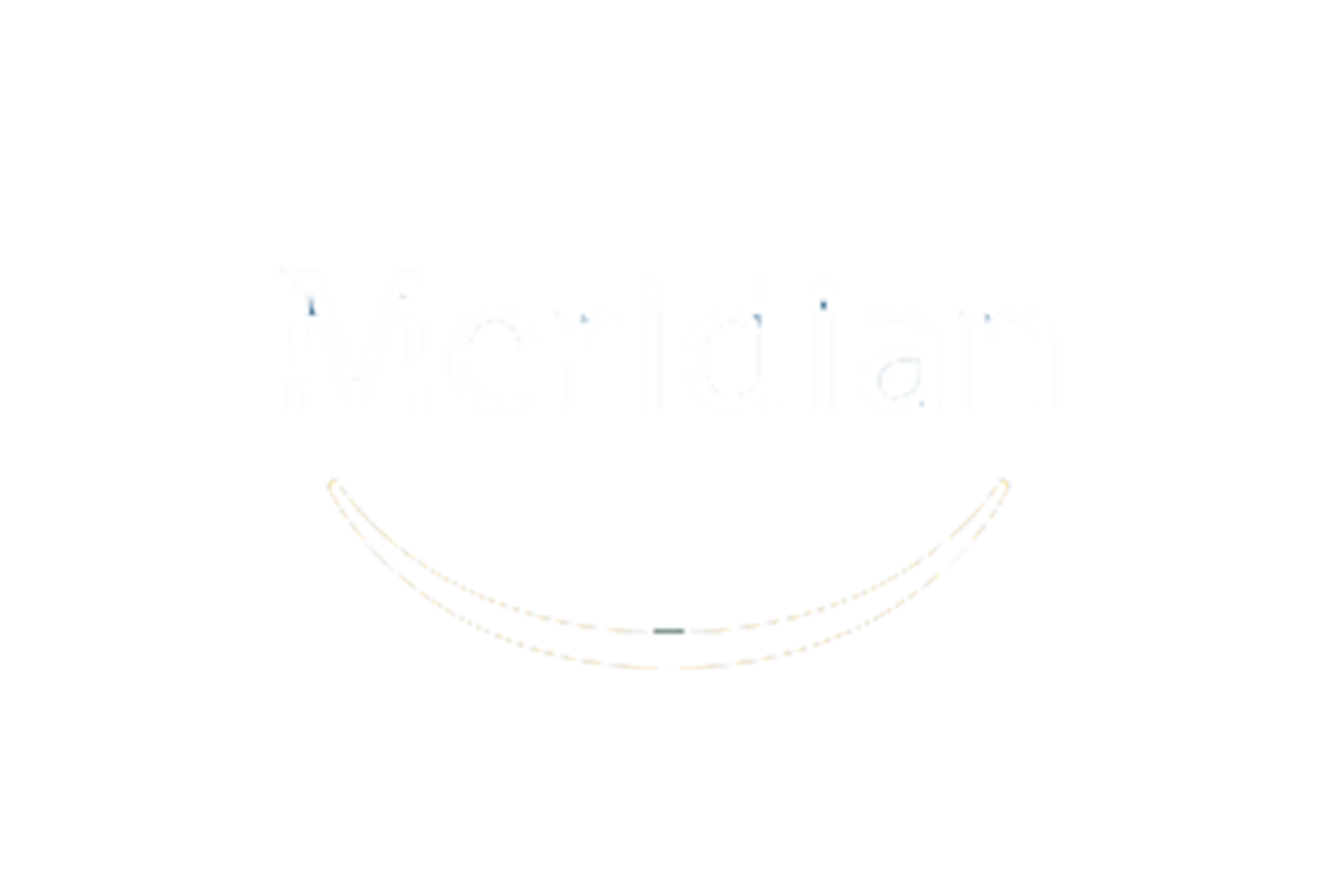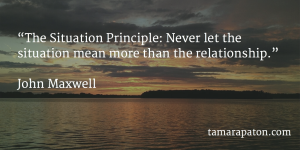

On one of my past boards, my annual feedback summary came to me on a post-it note. A man of few words, my board chair scrawled “keep doing what you’re doing.” That was it.
Fortunately, most boards have more rigorous performance management processes in place. At some prescribed interval, directors hear feedback on their contributions and behaviours. An external consultant may compile input into a gently constructive summary. Or perhaps a survey tool or “speed-dating model” streamlines the process.
These performance management systems are critically important for individual growth and board renewal. In addition, we are fortunate to have a valuable resource surrounding us at each and every meeting. Between performance evaluations, our peers can offer valuable insight, provided we know how to ask for and act on their input.
I first became involved with peer coaching when I studied with Stew Friedman, a management professor and leader of the Wharton Work/Life Integration Project. Friedman describes peer coaches as those who support one another via “encouragement, ideas, a different perspective on obstacles and opportunities, and social pressure to actually do what you know you need to do differently.”
Over the years, my peer coaches have helped me identify and clarify goals. They have questioned my assumptions and helped me frame options. On one occasion, a coach encouraged me to get over my fear of starting something new and helped me brainstorm the next right steps. I now am more likely to take action when I know that someone I respect is going to check in on my progress.
I have found peer coaching to be particularly helpful in a governance setting. The best boards tend to gather diverse groups of professionals with varied backgrounds, skills and perspectives. In terms of organizational structure, they are relatively flat with board and committee chairs elevated only for the sake of keeping the broader group efficient. Accordingly, the boardroom offers a unique opportunity to learn from a more seasoned colleague in a non-hierarchical context.
As an added benefit, the act of peer coaching may improve the board’s collective performance. Teams that practice and exhibit candour in the workplace tend to outperform their counterparts. Coaching may also improve the stickiness of directors’ professional development activities. For example, training alone has been shown to improve performance by 22%, while training accompanied by coaching can improve performance by 88%.
According to Friedman, there are intangible benefits to peer coaching that might ultimately be the most useful:
“People find that when they are trying to help someone else produce change they themselves gain useful insights on their own problems, just by listening to someone else’s. In addition, there is a sense of camaraderie and the good feeling that comes when you have a positive effect on another person’s well-being. Further, doing so enhances your reputation as someone who invests in others’ success. Finally, because the giving and receiving of coaching support is a behavioural skill, through practice and reflection on what works and what doesn’t, you can develop and improve your ability as a coach.”
As Friedman suggests, coaching is a skill. So how do we begin?
Listen actively
When I am playing the role of peer coach, I begin with an unusually high degree of focus on my colleague. To sustain my attention, I listen with the goal of being able to paraphrase the last sentence that my conversation partner has said. I also zero in on what my colleague is saying, rather than letting my mind search for what I might say in response. Doing so slows down the conversation and gives everyone more time to think.
Ask questions
Although a directive coaching style can involve advice and suggested solutions, I prefer to ask questions that encourage my colleague to reach her own solutions. Initially, I try to define the problem (e.g., “What is on your mind?”). Follow-on questions seek a more complete picture (“What impact is this having on you?”). Others reveal the factors that appear to be limiting progress (“What is stopping you from doing that?”).
Some only keep the conversation going (“What more do you think or want to say?”) And others consolidate thinking (“Is it fair to say that your main concern is…?”) Throughout these conversations, my goal is to help others to see and feel the need to create meaningful, sustainable change (“Looking ahead, what will happen if you don’t act?” and “What is the ideal outcome for you?”).
If the situation does call for direct input, I strive for a balance between making suggestions and reducing defensiveness. When coaching a fellow director, it can be hard to separate the individuals’ concerns from those held by the entire board and me as an individual. To address this potential conflict, I often admit what would be best for the board and encourage my colleague to reflect on her individual goals and those of the organization.
Encourage sustained action
My best coaches have prompted me to think out loud about what I will do differently tomorrow. We talk through potential obstacles and sources of support. Then, they test my commitment and ability to sustain the required effort. When we check in on progress, we talk about the impact achieved and how my coach can reinforce the new world order.
If your board already has casual peer coaching relationships in place, consider making things more formal. A committee might commit to coaching one another to new learning objectives. Author and consultant Keith Ferrazzi suggests having everyone identify one goal to tackle between now and the next meeting. “Have everyone “buddy up” with another person in the room and require that, between now and the next meeting, they speak by phone, or in person, two or three times to check in on progress on their self-selected goal.” Technology can also streamline conversations already underway. Online platforms like Impraise can also streamline conversations by facilitating goal setting and real-time feedback.
You’ll know the processes and tools that feel right for your organization. Whatever aspects of peer coaching your board chooses to embrace can have the potential to accelerate professional development and deepen social ties among directors. I can’t think of a better way to think and act abundantly en route to shared success.
Thank you for reading! If you found this post useful, please share it with others in your network. Doing so helps my work reach others and would mean so much to me.








